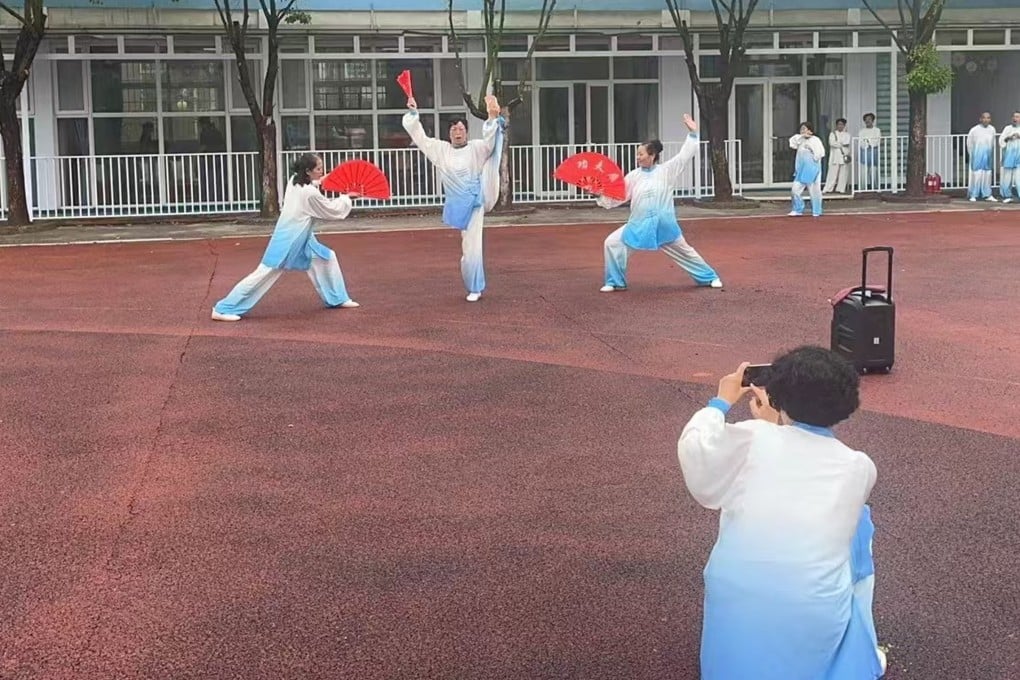The teething troubles of turning China’s kindergartens into homes for the aged
Aged care is a promising service area as the birth rate falls and society greys, but entrepreneurs face a series of hurdles

In his 21 years of running kindergartens, Yu Bo has never had this much trouble filling places.
Previously, he did not even need to advertise. Parents crowded his office asking if they could pay a year in advance to reserve a spot. Sometimes women even came to him while they were still pregnant.
At their business peak, he and his wife owned 11 kindergartens in Jining, in east China’s Shandong province, employed nearly 400 teachers and had more than 2,000 children on their books.
But starting in 2022, Yu noticed that the number of students had started to drop.
“I’ve done some calculations. If I have fewer than 120 children in one kindergarten, that means I lose money,” he said.